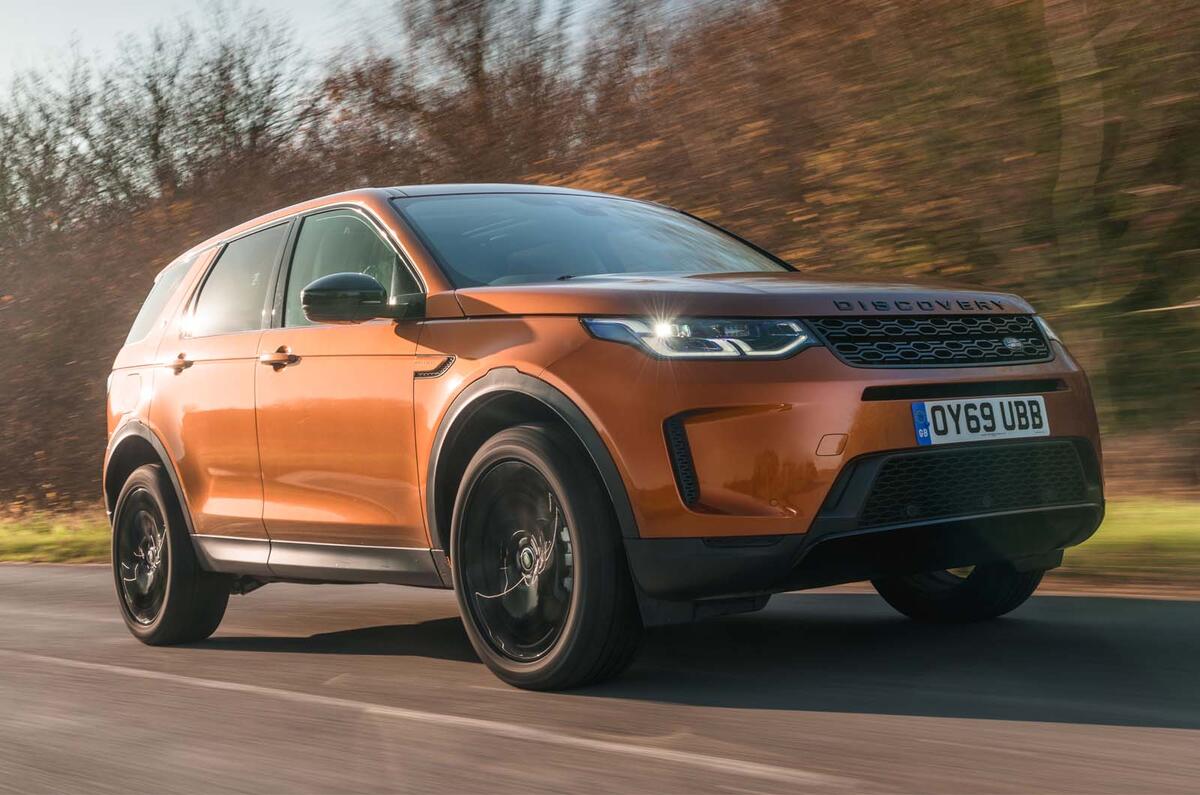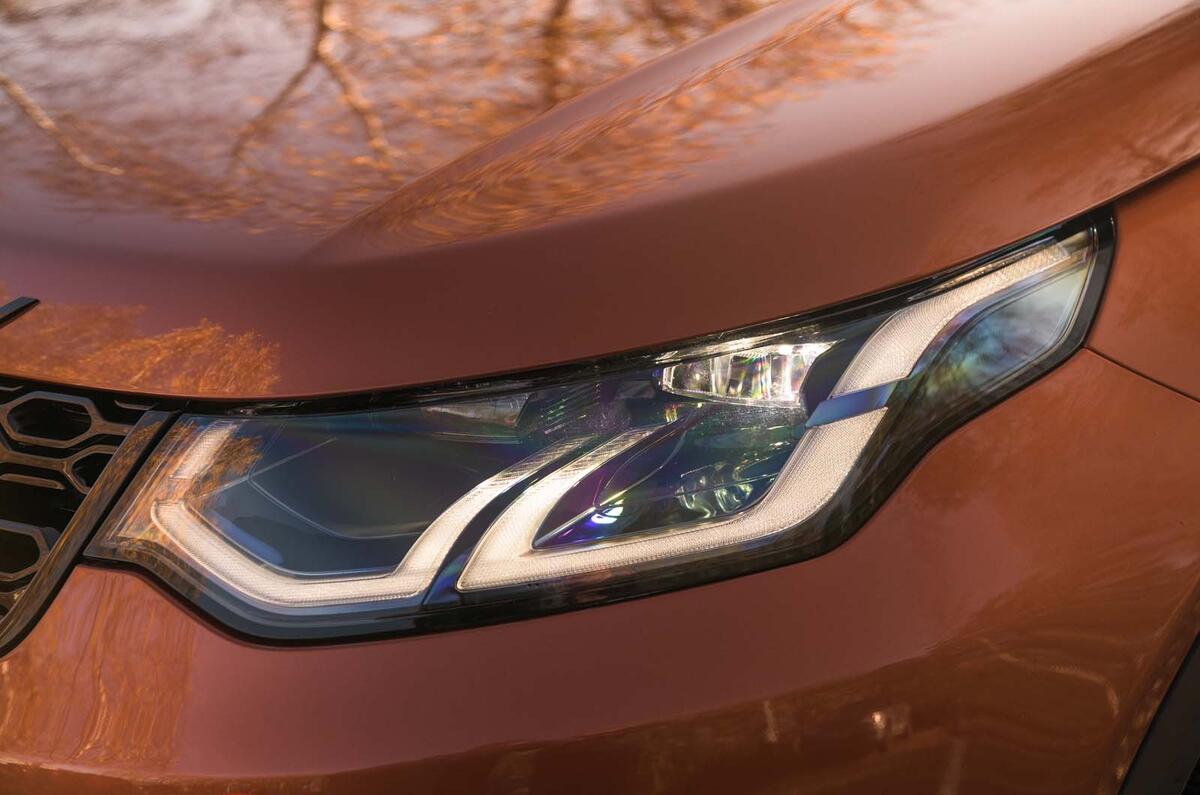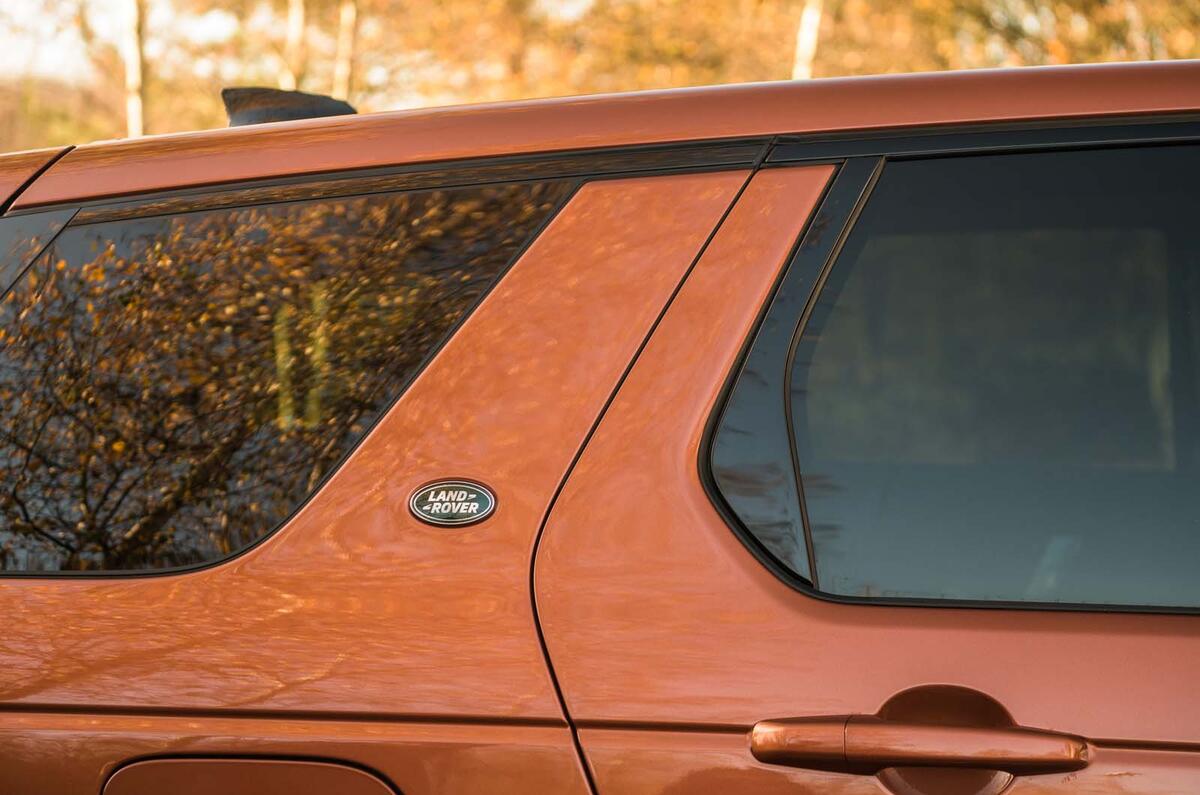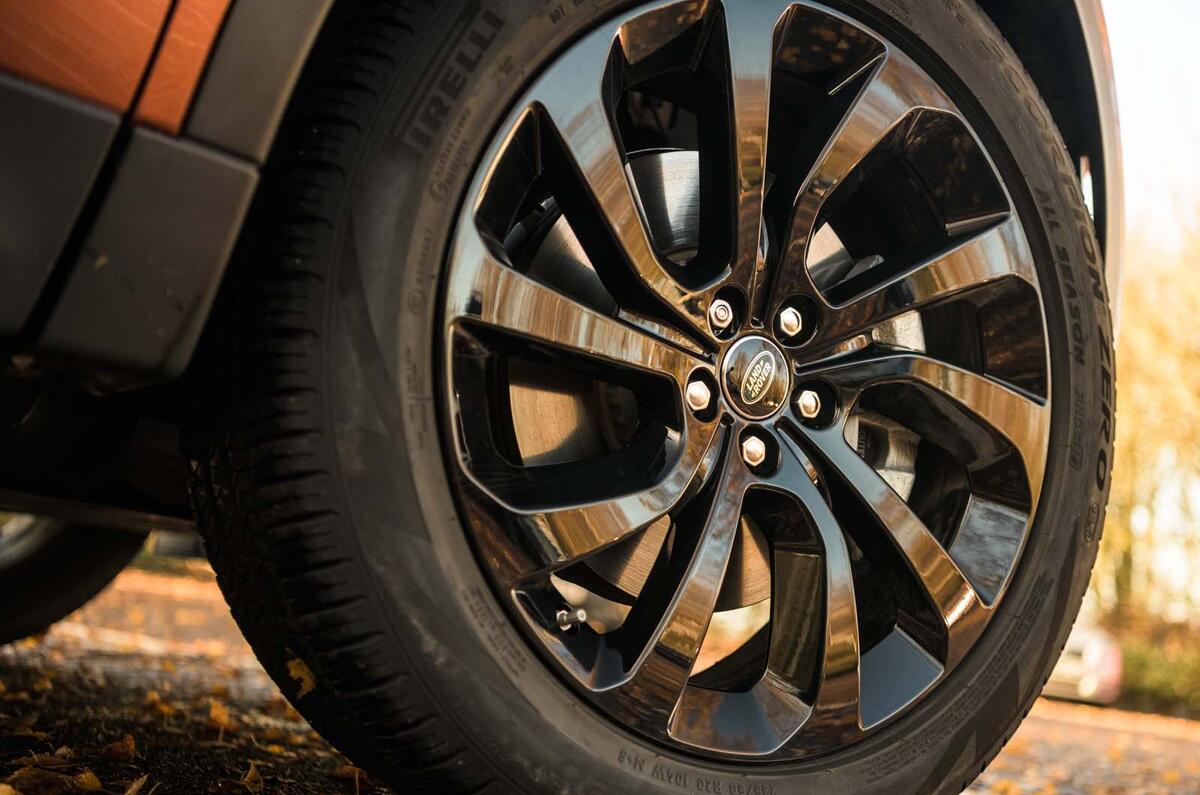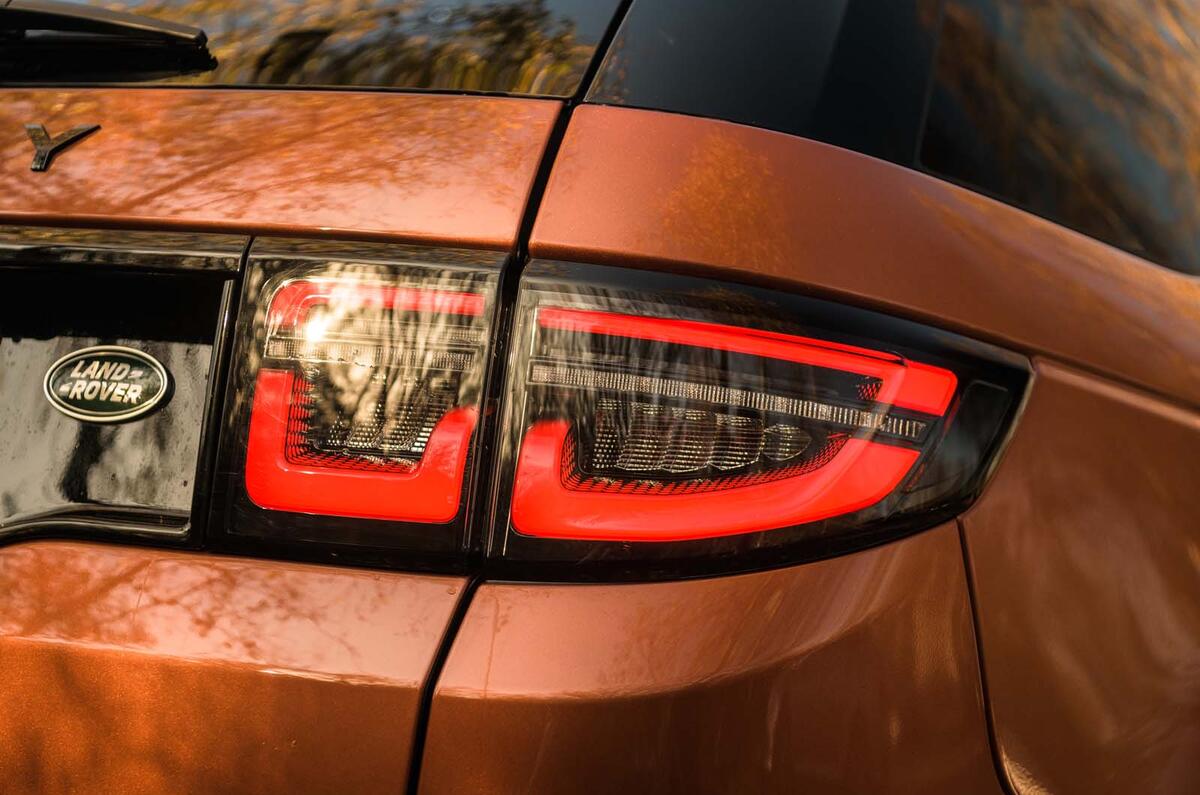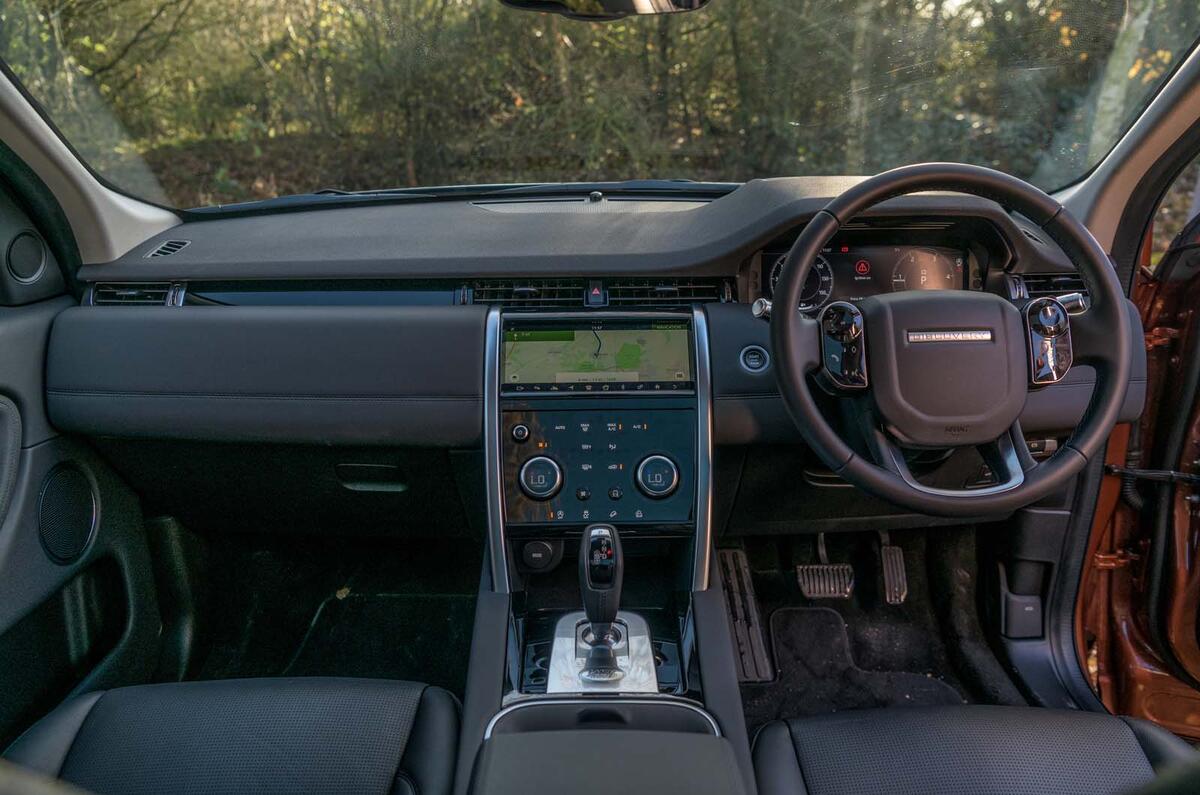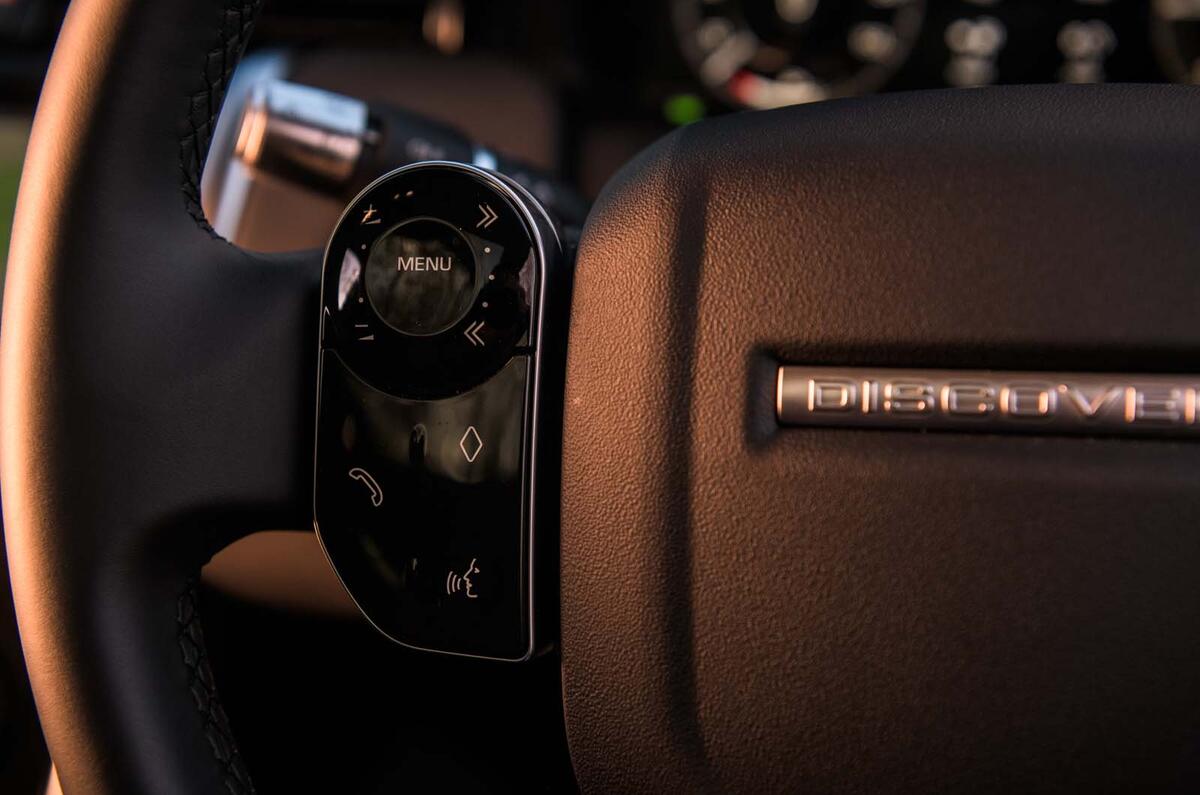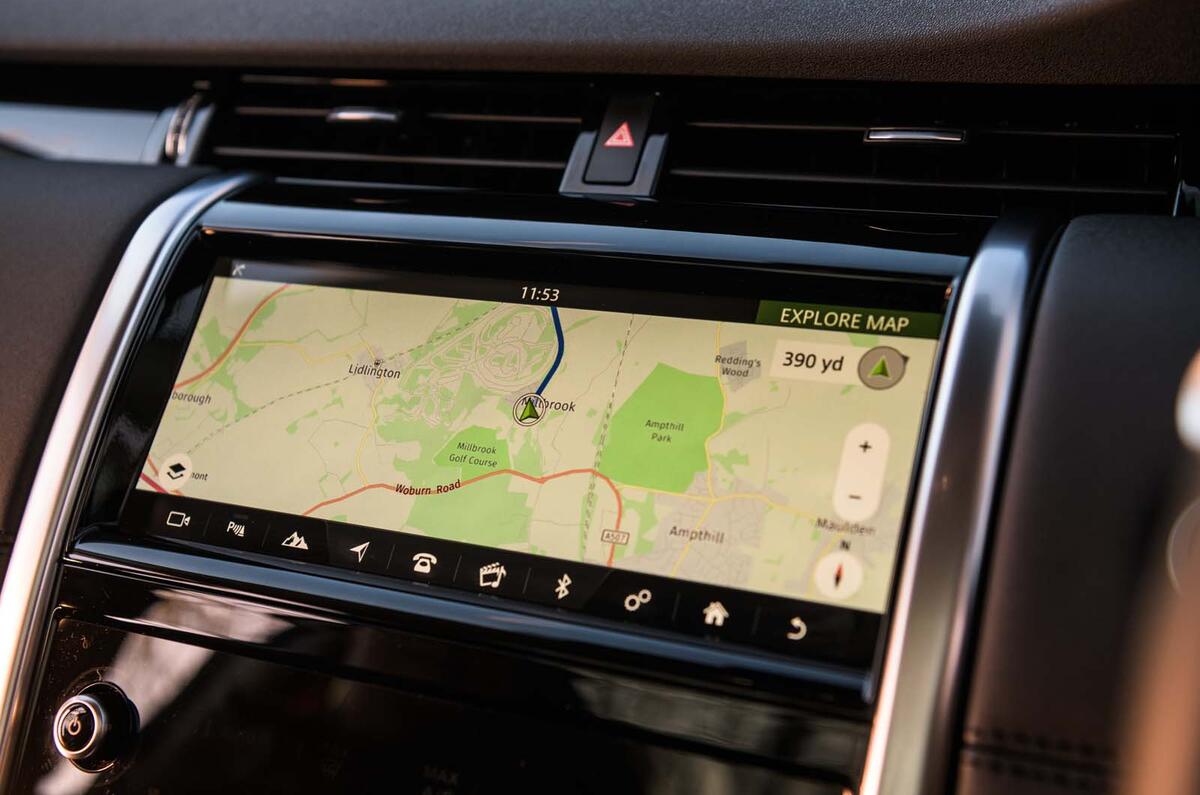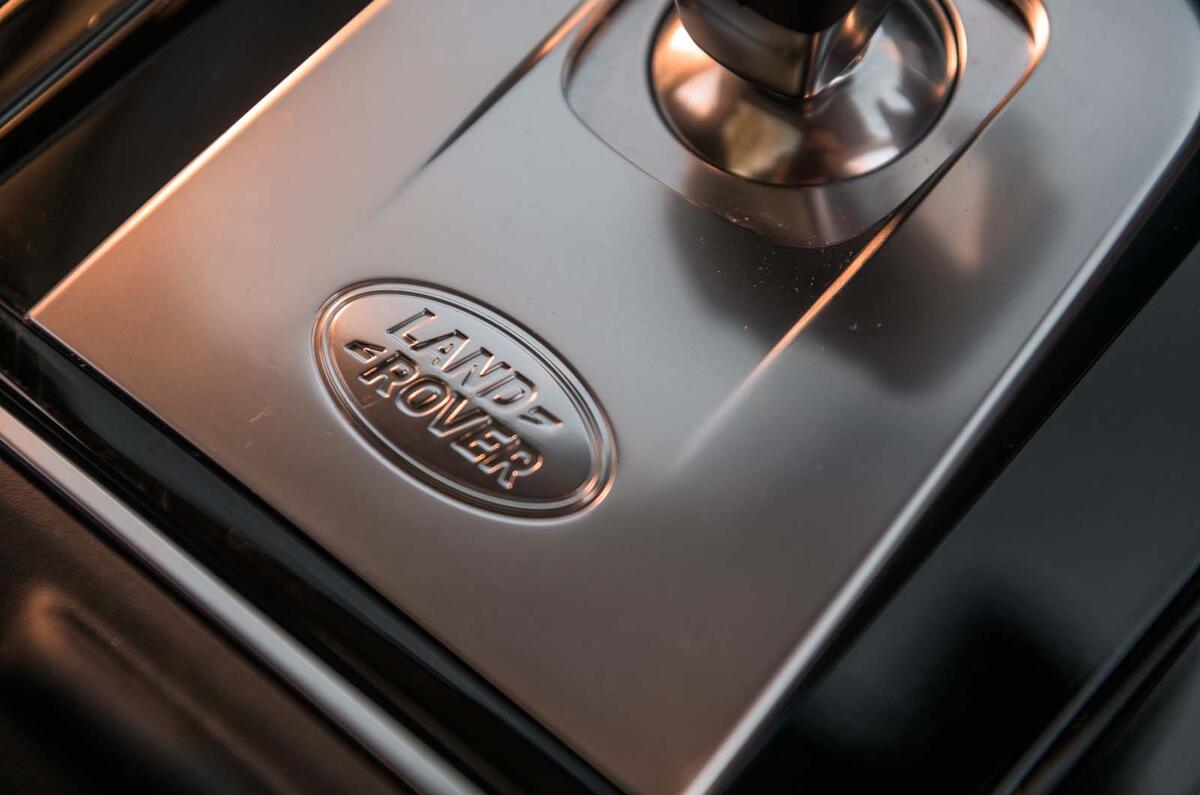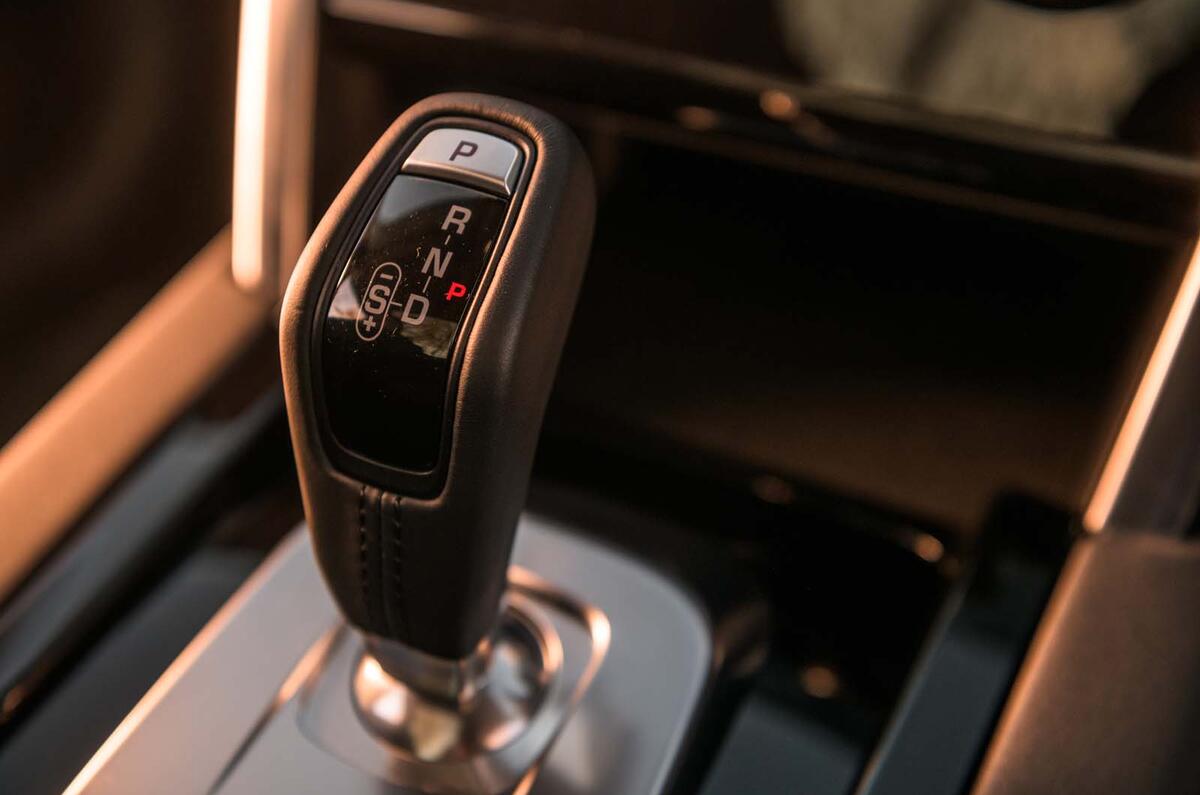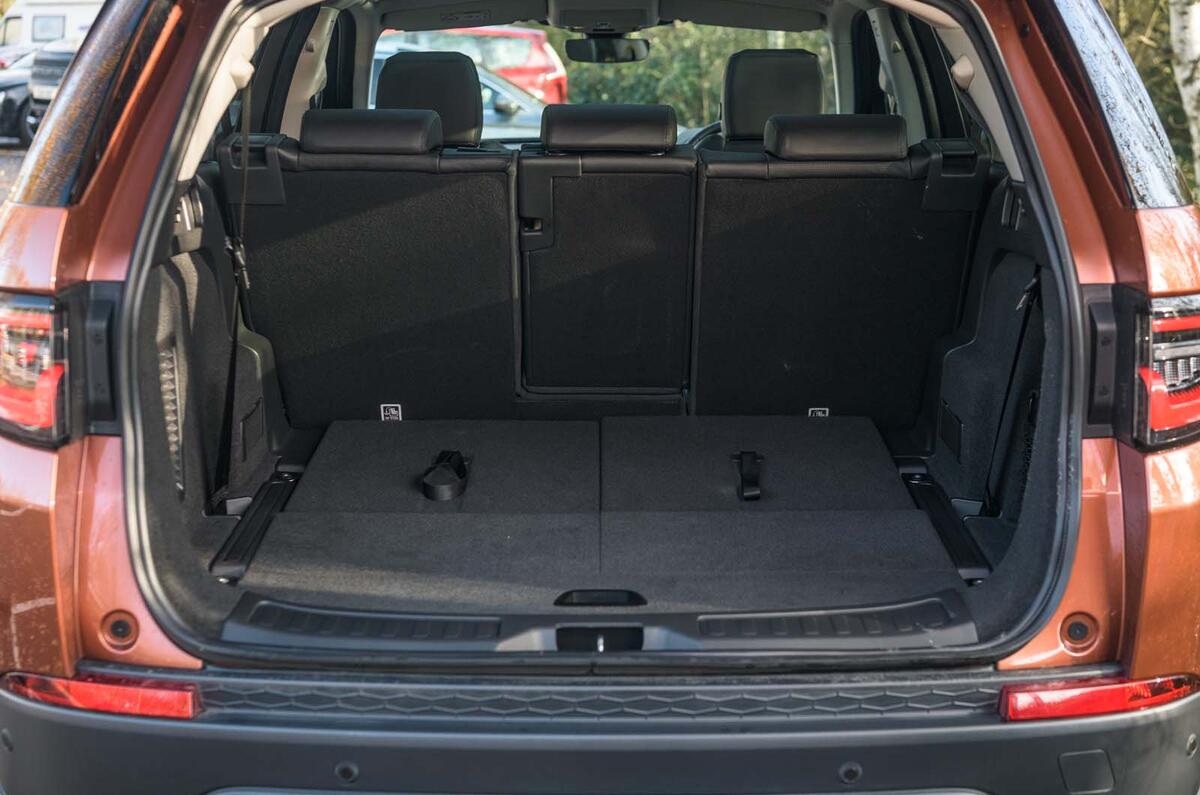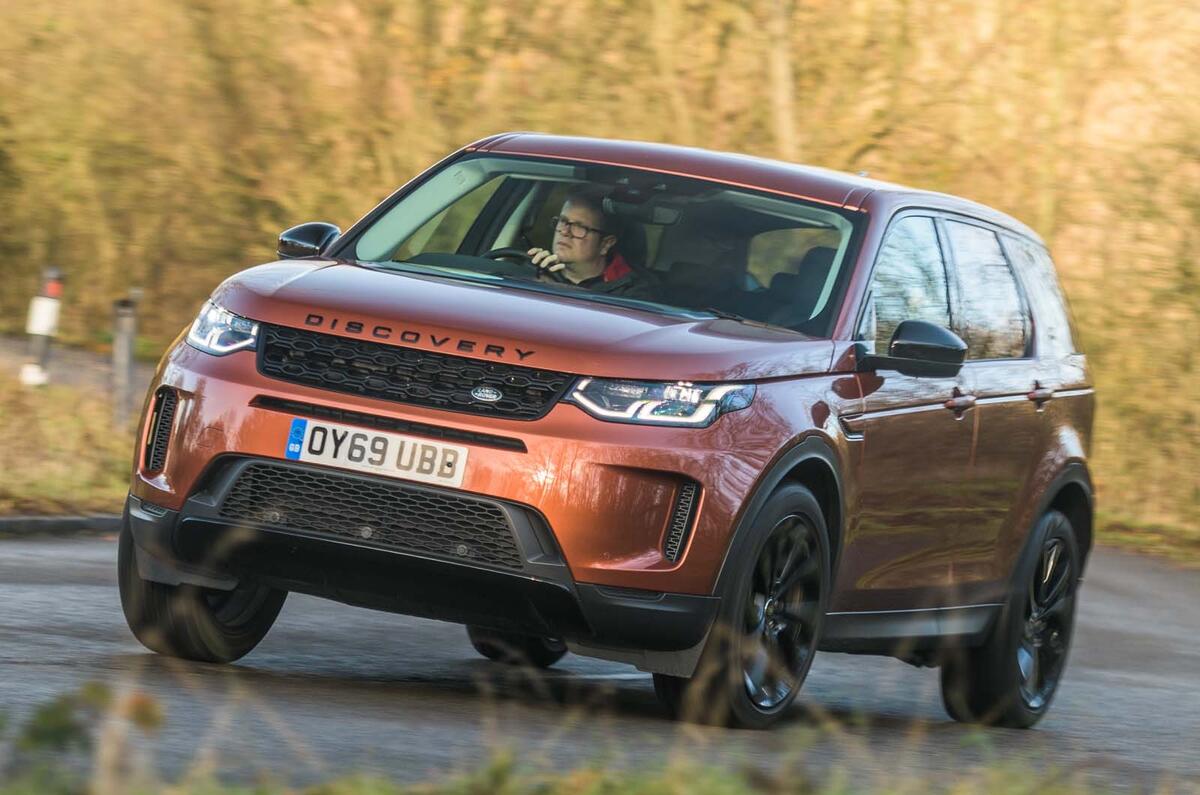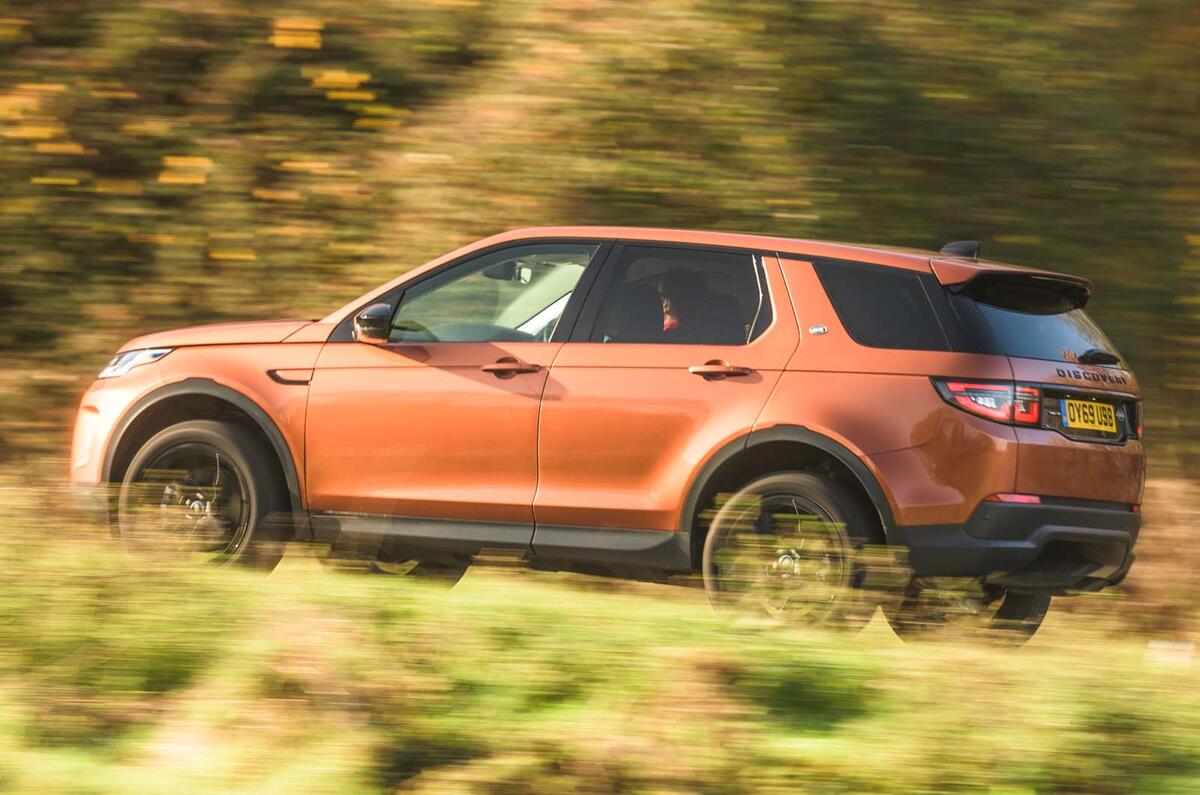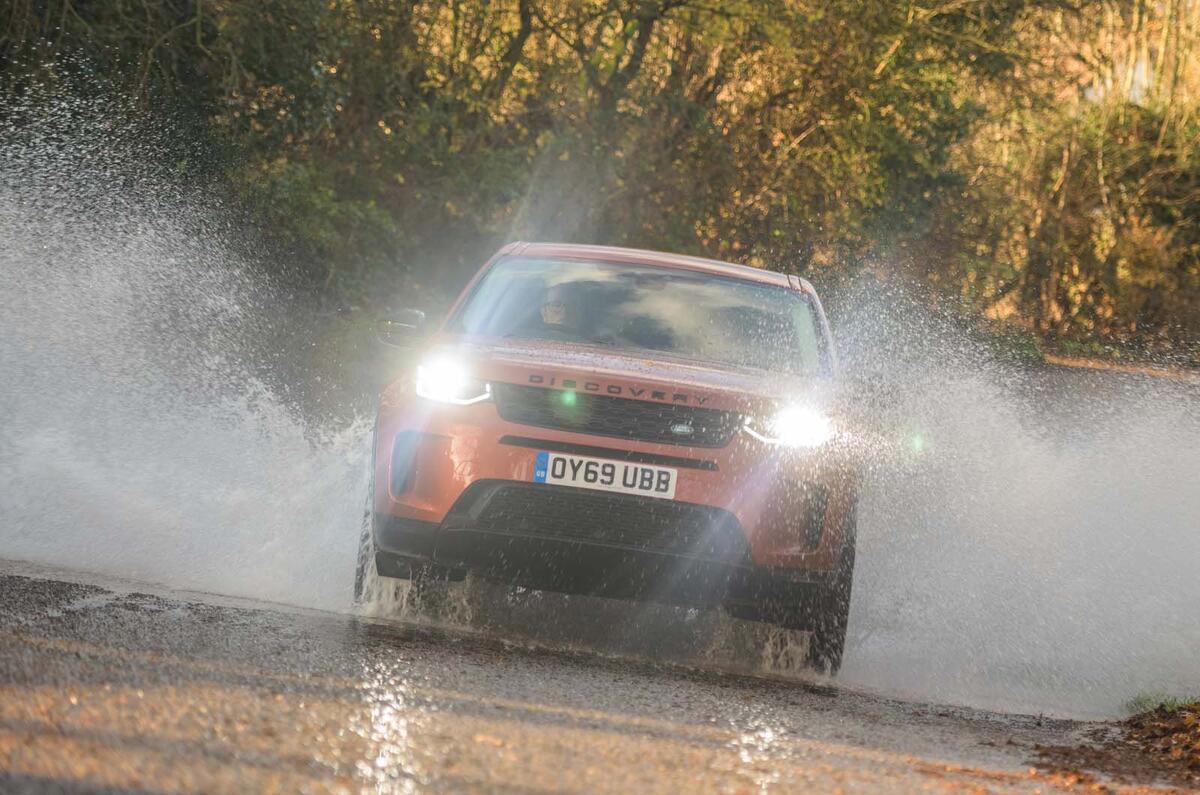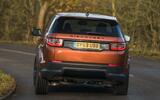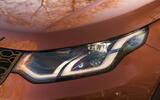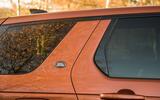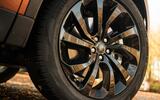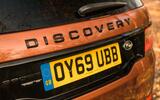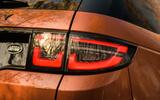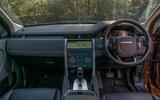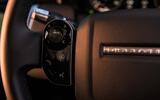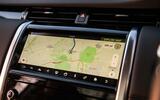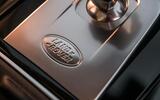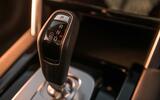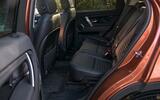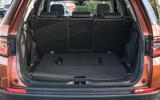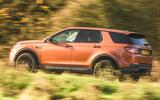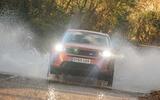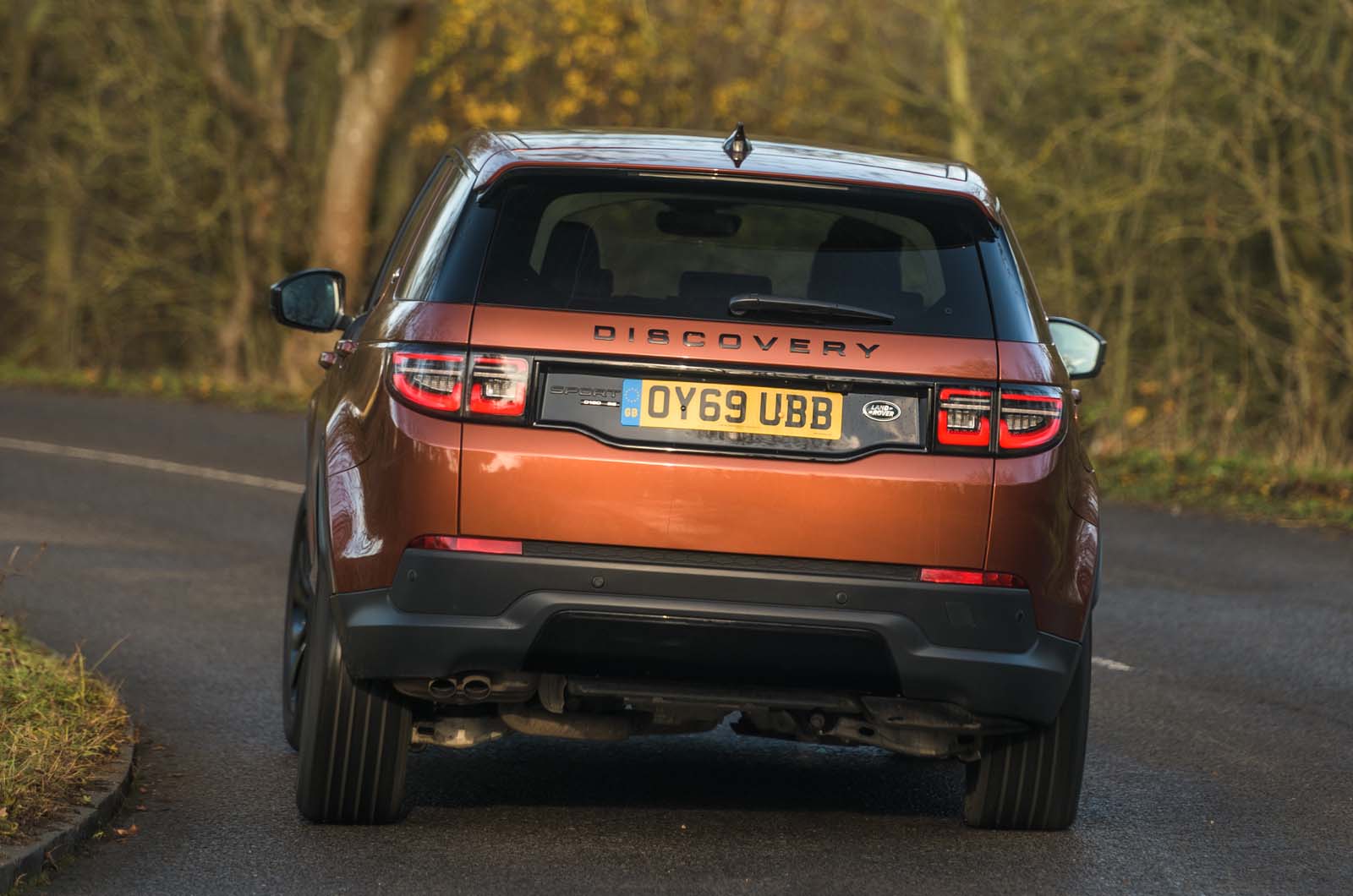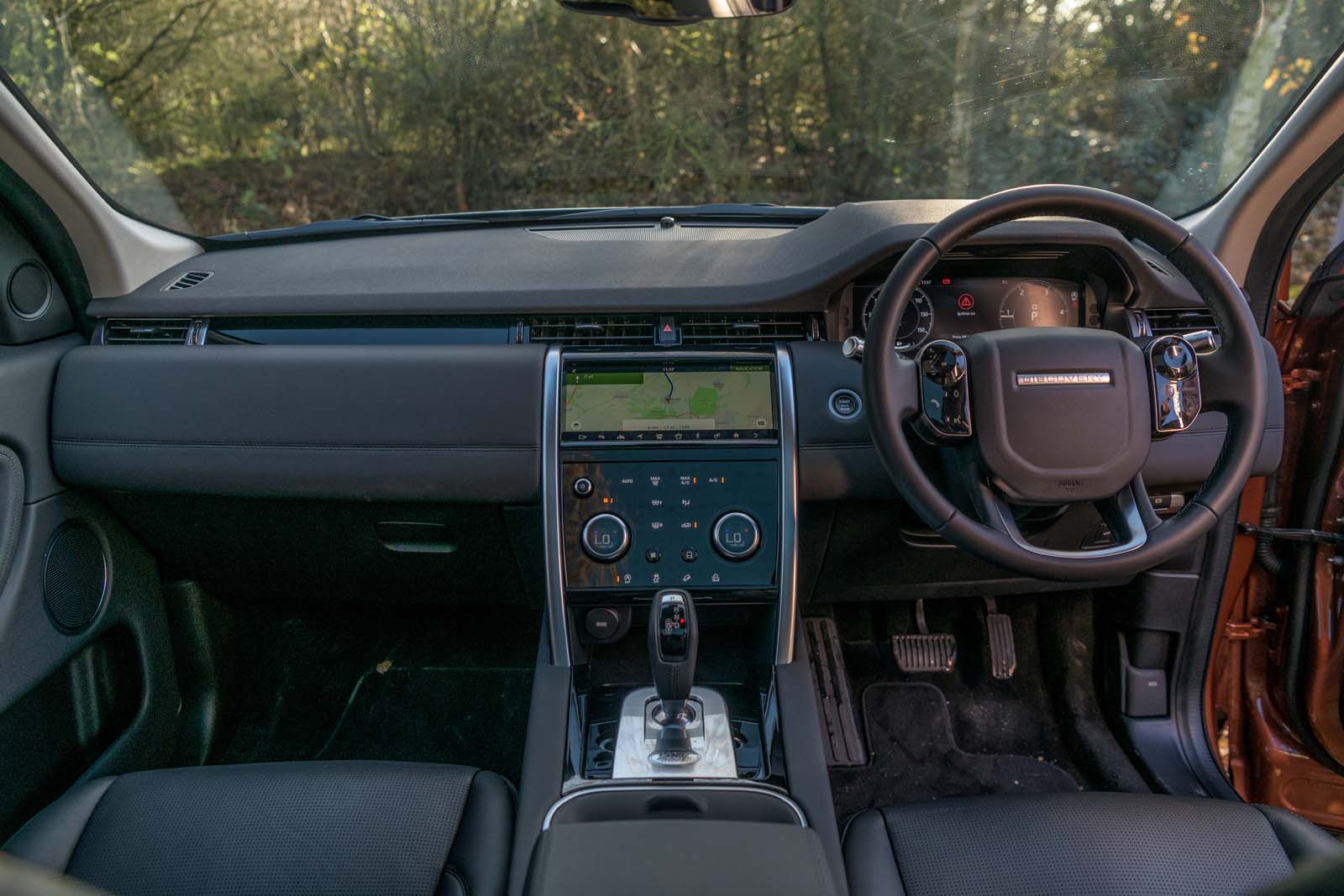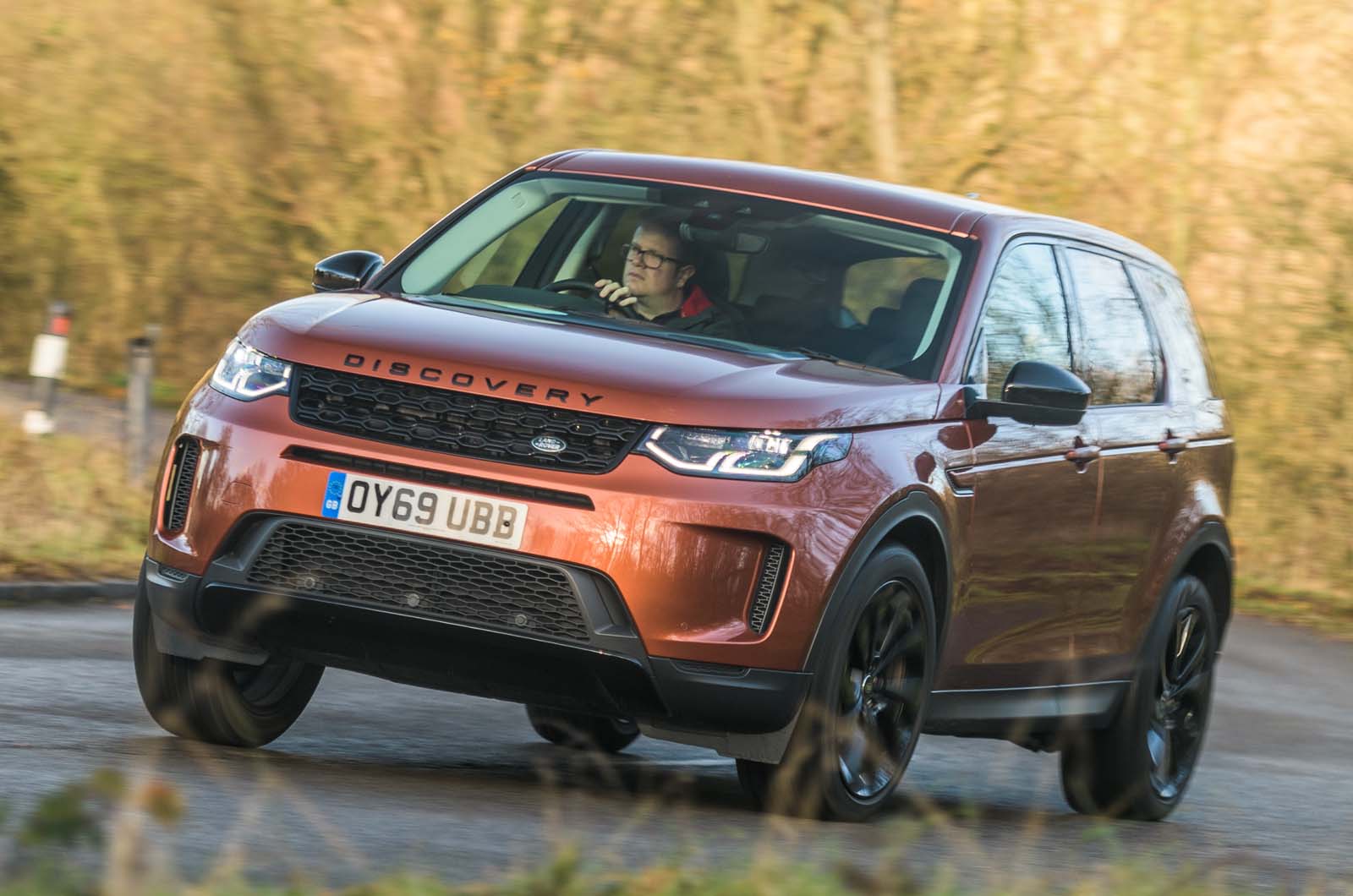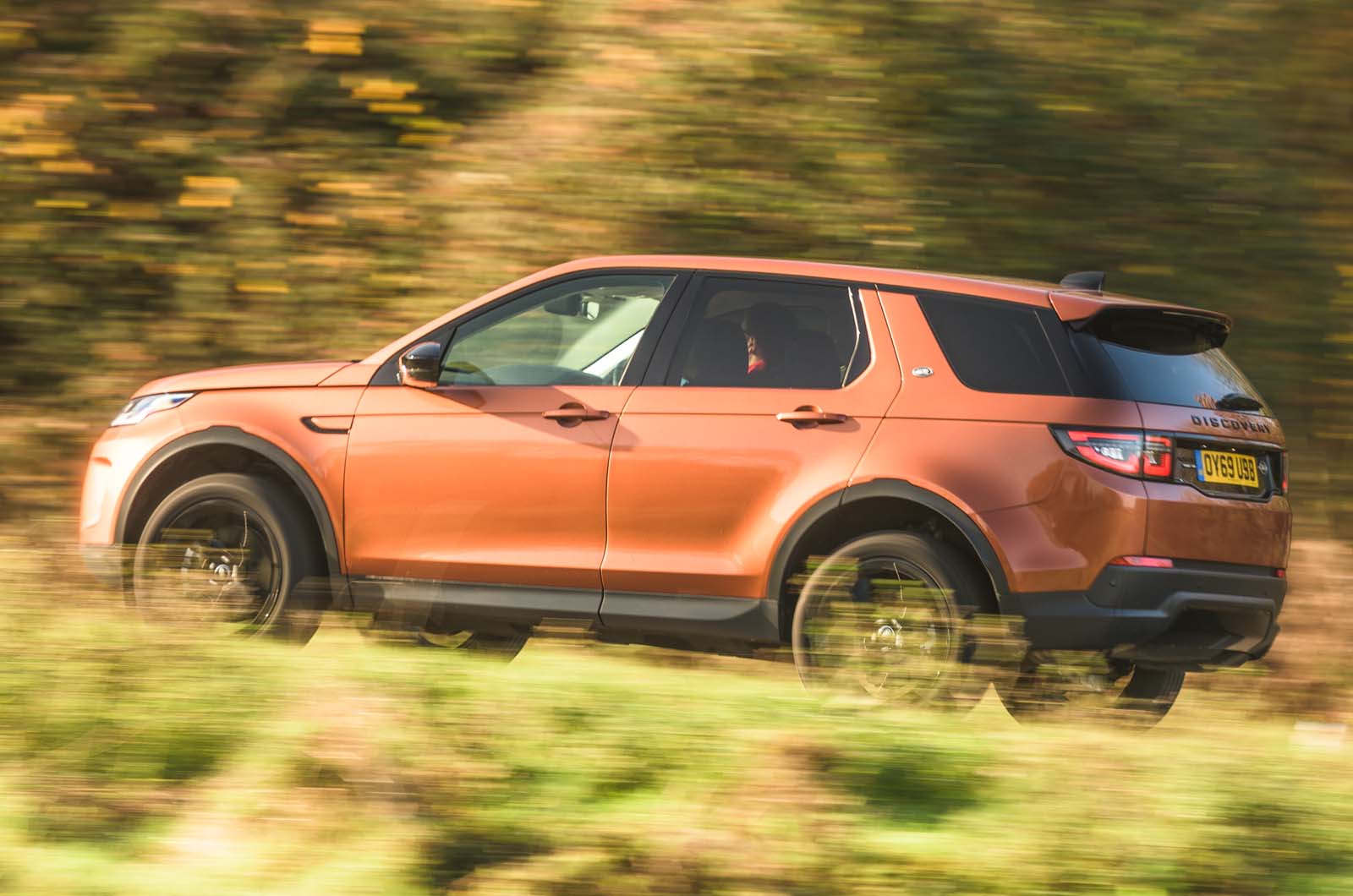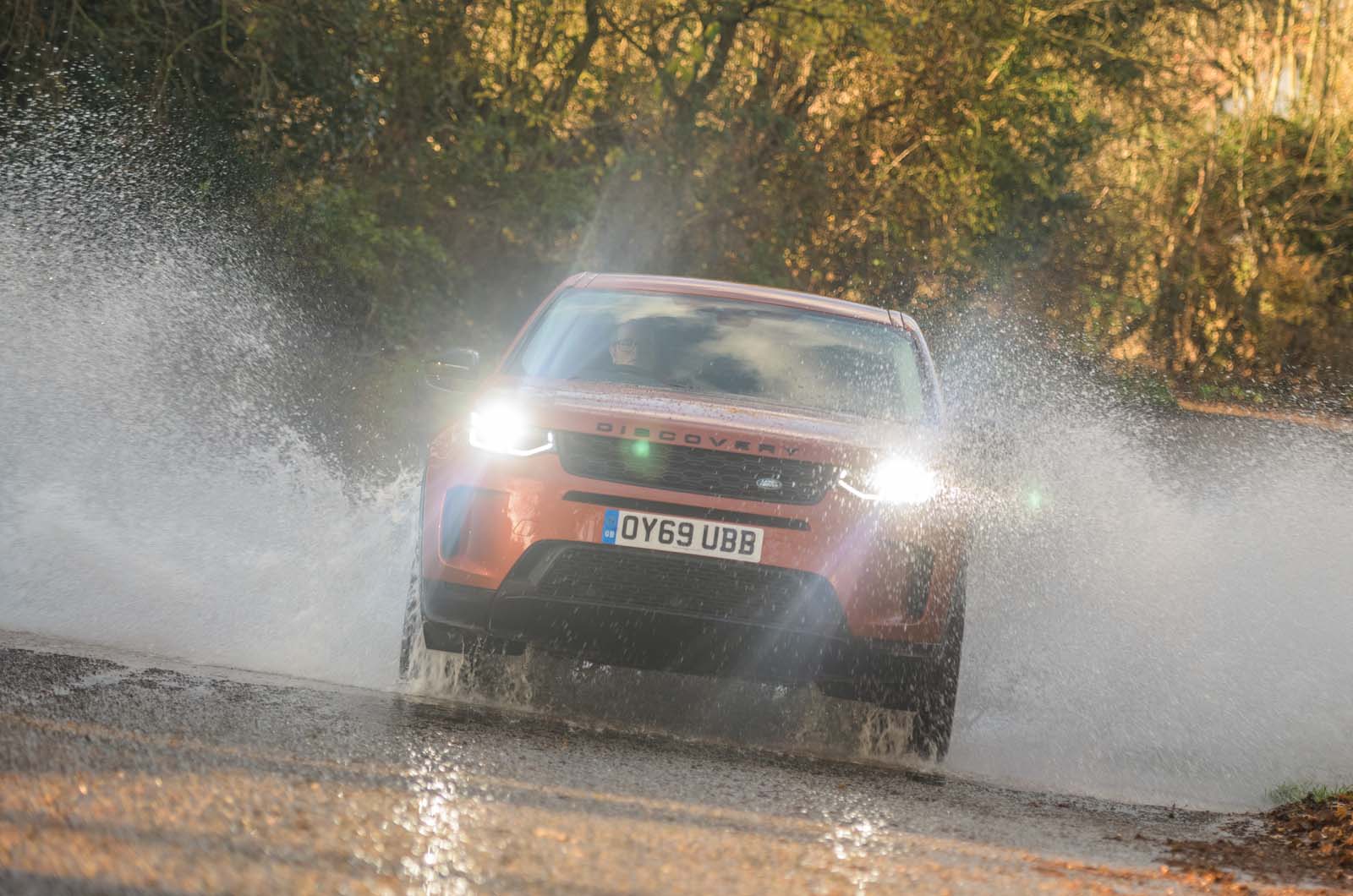Is the Land Rover Discovery Sport reliable?
The Discovery Sport doesn't have the best reliabilty record. In What Car?'s reliabilty survery, it finished 10th out of 12 cars in the seven-seater class, with an overall score of 84.1%.
Most of the issues that affect the Discovery Sport are well-known and repairable. While you might be drawn into taking your car to a main dealership to be repaired should it break down, there are plenty of reputable Land Rover specialists around that will be able to solve any issues.
Engine: Reduced engine performance, increased oil consumption and a strong smell of fuel are all signs of oil dilution. It occurs when the DPF injects too much fuel during regen cycles, causing unburned diesel to seep into the sump. This reduces the lubrication inside the engine, which in turn damages key components.DPF systems can also become blocked when regeneration cycles aren’t completed, flagging a red warning light.
Exhaust gas recirculation valves can get blocked by carbon deposits, which cause excessive smoke and a loss of power. Replacements are expensive.
Timing chain in the Ingenium diesel engine can stretch, and if left too long it will snap and cause irreparable damage. Listen for rattling and act if necessary.
A siren-like noise or blue smoke from the exhaust could be a sign of turbocharger failure. A replacement can cost between £1500 and £2000.
Gearbox: Any jerkiness from the automatic gearbox, delayed engagement of gears or shuddering at low engine revs could point to an issue with the transmission sensor or its wiring harness.
Body: The underside of a Discovery Sport might have seen the odd rough track or muddy field, so check it for damage.
Interior: Cast an eye over the cabin for scuffs and loose bits of trim. The rear seats are particularly prone to wear if child seats have been installed.
An owner’s view
Rick Hughes: “My first Discovery Sport was a 2021 D200, bought specifically for towing. It was comfortable, cruised well and towed well, despite being expensive on fuel. I had two breakdowns, both for a charging system failure caused by a snapped alternator belt and failed tensioner. I needed a new door mirror: JLR wanted £1200, so I went to an independent specialist and paid £540 for the same part.
“I replaced that car in January this year with a low-mileage 2024 D200, but its warranty runs out soon and I’d pay £1500 for one from Land Rover. Insurance costs are very high, too.”
Also worth knowing
The Discovery Sport got an update in 2023, gaining a new infotainment set-up and styling tweaks. It comes in D165, D200 and petrol plug-in hybrid forms.
There are several trims to choose from. Consider SE Tech, which gets sat-nav, parking sensors and an electric tailgate, or HSE, which has a Meridian sound system, rear-view camera, panoramic roof and leather trim.
You could have a Disco Sport with a six-speed manual, but the nine-speed auto is more refined.


